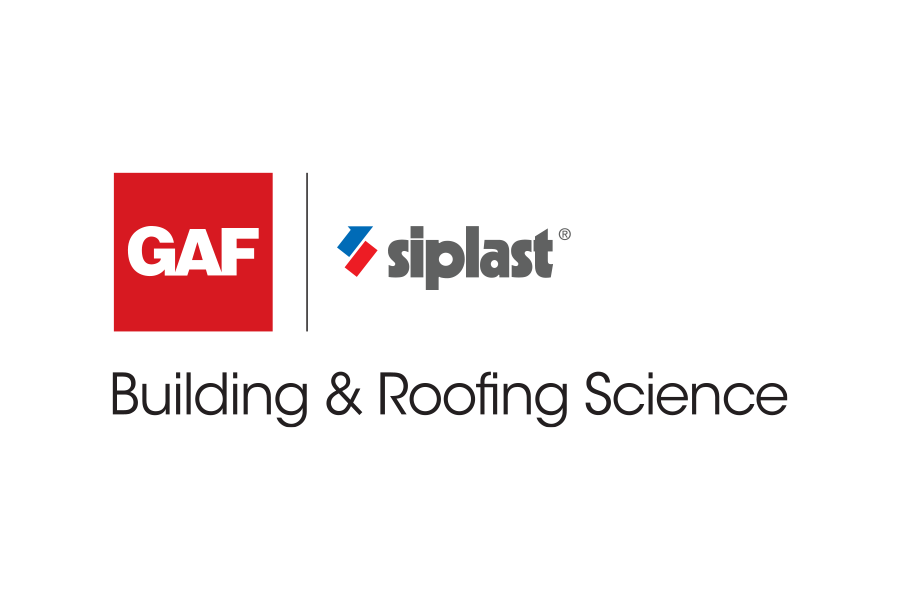Start at the Top: Roofing 101
Sponsored by GAF | Siplast
Learning Objectives:
- Understand how design parameters, such as building and rooftop use, as well as climate and building location influence roof design decisions.
- Recognize the basic components of low-slope roofing including different insulations, coverboards, and membrane types.
- Differentiate between attachment methods of roofing systems including insulations and membrane attachment options.
- Discuss code requirements as they relate to the roof including how wind influences roof design.
Credits:
As an IACET Accredited Provider, BNP Media offers IACET CEUs for its learning events that comply with the ANSI/IACET Continuing Education and Training Standard.
This test is no longer available for credit
It’s just a roof - right? Roofing plays an extremely important role in protecting the building from the elements, but low-slope roofing typically doesn’t get as much attention during design as the other building components. With a wide variety of different roof system types and components used on different building classifications, low-slope roofing can often be especially confusing for designers. This presentation will discuss many of the basics associated with low-slope roof design such as building design parameters, typical roof system components and attachment methods, code requirements, and wind design.
Originally published in August 2023








